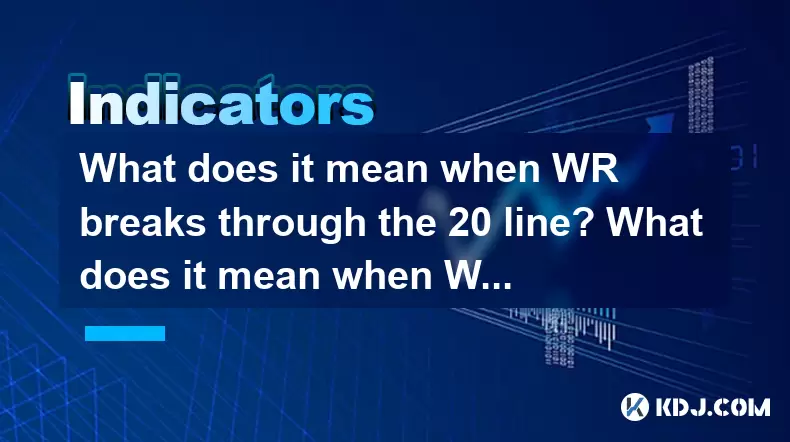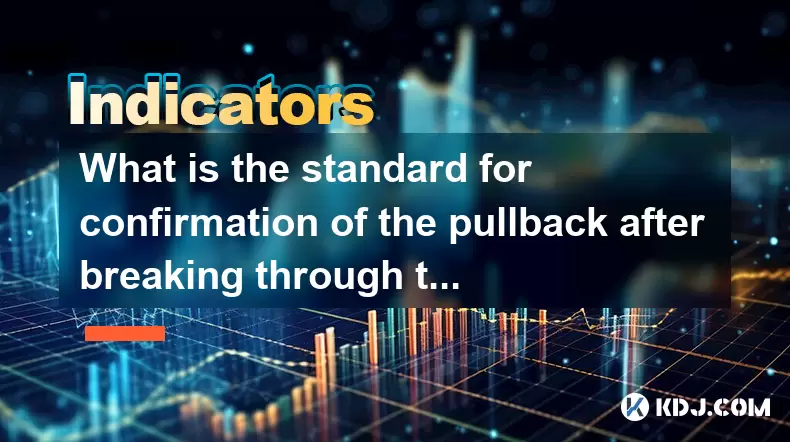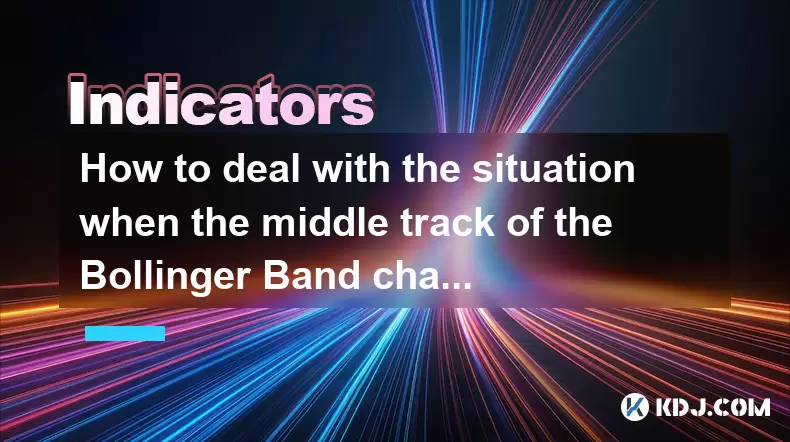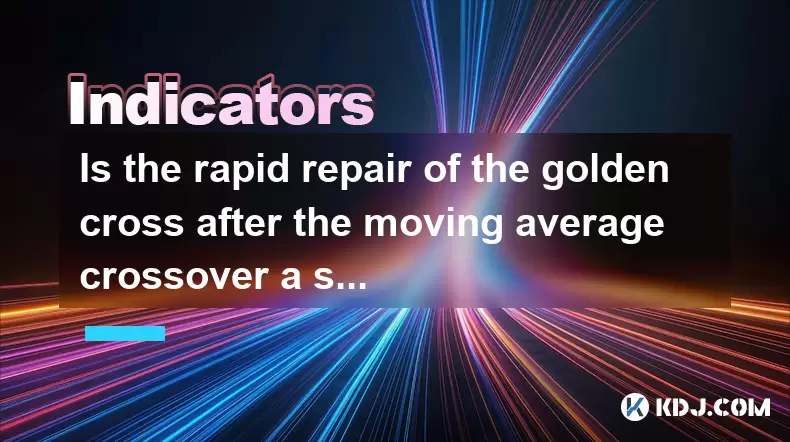-
 Bitcoin
Bitcoin $101,898.5005
-0.75% -
 Ethereum
Ethereum $2,258.1125
-1.07% -
 Tether USDt
Tether USDt $1.0004
0.01% -
 XRP
XRP $2.0178
-2.93% -
 BNB
BNB $624.0243
-1.53% -
 Solana
Solana $134.3298
-0.90% -
 USDC
USDC $0.9999
0.01% -
 TRON
TRON $0.2675
-2.05% -
 Dogecoin
Dogecoin $0.1538
-1.96% -
 Cardano
Cardano $0.5482
-1.11% -
 Hyperliquid
Hyperliquid $35.5636
5.45% -
 Bitcoin Cash
Bitcoin Cash $453.4902
-1.66% -
 Sui
Sui $2.5134
-2.97% -
 UNUS SED LEO
UNUS SED LEO $9.1292
1.77% -
 Chainlink
Chainlink $11.8457
-1.60% -
 Stellar
Stellar $0.2312
-2.73% -
 Avalanche
Avalanche $16.9721
0.29% -
 Toncoin
Toncoin $2.7549
-3.82% -
 Shiba Inu
Shiba Inu $0.0...01081
-1.10% -
 Litecoin
Litecoin $80.8250
-0.71% -
 Hedera
Hedera $0.1374
0.21% -
 Monero
Monero $305.4827
-2.36% -
 Ethena USDe
Ethena USDe $1.0006
0.00% -
 Dai
Dai $1.0000
-0.01% -
 Polkadot
Polkadot $3.2085
-3.12% -
 Bitget Token
Bitget Token $4.0845
-3.13% -
 Uniswap
Uniswap $6.3353
-1.63% -
 Pi
Pi $0.5085
-0.70% -
 Pepe
Pepe $0.0...08913
-3.82% -
 Aave
Aave $232.7090
-0.58%
What does it mean when WR breaks through the 20 line? What does it mean when WR crosses the 80 line?
When the WR indicator breaks through the 20 line, it suggests an overbought condition in cryptocurrencies, prompting traders to seek additional confirmation before selling or shorting.
May 23, 2025 at 04:35 am

When discussing the Williams %R (WR) indicator, a popular tool among traders in the cryptocurrency market, understanding its key levels and their implications can significantly enhance your trading strategies. The WR indicator, ranging from 0 to -100, is used to identify overbought and oversold conditions in the market. In this article, we will delve into what it means when the WR breaks through the 20 line and when it crosses the 80 line, providing a detailed analysis for cryptocurrency traders.
Understanding the Williams %R Indicator
The Williams %R (WR) indicator is a momentum indicator that measures the level of the close relative to the high-low range over a given period, typically 14 days. It is expressed as a percentage from 0 to -100, where 0 indicates that the closing price was at the highest point of the range, and -100 indicates that the closing price was at the lowest point. The WR is used to identify potential reversal points in the market by highlighting overbought and oversold conditions.
When WR Breaks Through the 20 Line
Breaking through the 20 line on the WR indicator is a significant event for traders, as it suggests that the asset might be entering an overbought condition. When the WR value moves above -20, it indicates that the closing price is in the upper 20% of the recent trading range. This can signal that the asset may have been pushed too high too quickly and could be due for a correction or a bearish reversal.
In the context of cryptocurrencies, when the WR breaks through the 20 line, traders often look for additional confirmation signals before making trading decisions. For instance, they might examine other technical indicators like the Relative Strength Index (RSI) or Moving Average Convergence Divergence (MACD) to see if they also suggest an overbought condition. Additionally, traders might look at volume patterns and price action to confirm the likelihood of a reversal.
When WR Crosses the 80 Line
Crossing the 80 line on the WR indicator is equally important, but it signals the opposite condition: an oversold state. When the WR value moves below -80, it suggests that the closing price is in the lower 20% of the recent trading range. This can indicate that the asset has been pushed too low and may be due for a bullish reversal or a bounce back.
For cryptocurrency traders, a WR crossing the 80 line can be seen as a buying opportunity. However, similar to the overbought scenario, traders should seek additional confirmation. They might look at other indicators such as the Stochastic Oscillator or Bollinger Bands to confirm the oversold condition. Additionally, analyzing the market sentiment and news that might affect the cryptocurrency's price can provide further insights into whether the asset is likely to rebound.
Practical Examples in Cryptocurrency Trading
To illustrate these concepts, let's consider some practical examples in the context of cryptocurrency trading.
Example 1: WR Breaking Through the 20 Line
Imagine you are trading Bitcoin (BTC) and you notice that the WR indicator has just broken through the 20 line. You might follow these steps:
- Check other indicators: Look at the RSI and MACD to see if they also indicate an overbought condition.
- Analyze volume: If trading volume is unusually high, it could confirm the overbought state.
- Monitor price action: Look for signs of a bearish reversal, such as a shooting star candlestick pattern.
- Consider trading strategy: If all signs point to an overbought condition, you might decide to sell or short BTC, anticipating a price drop.
Example 2: WR Crossing the 80 Line
Now, let's say you are trading Ethereum (ETH) and you see that the WR indicator has just crossed the 80 line. Your approach might include:
- Verify with other indicators: Check the Stochastic Oscillator and Bollinger Bands to confirm the oversold condition.
- Examine market sentiment: Look for positive news or developments that could support a price increase.
- Watch for bullish signals: Look for candlestick patterns like a hammer or a bullish engulfing pattern.
- Plan your trade: If everything aligns, you might decide to buy ETH, expecting a price rebound.
Using WR in Conjunction with Other Tools
While the WR indicator is powerful on its own, its effectiveness can be greatly enhanced when used in conjunction with other technical analysis tools. Here are some ways to integrate WR with other indicators:
- Combining with RSI: Both WR and RSI measure overbought and oversold conditions. When both indicators suggest the same condition, it can provide stronger confirmation for a trade.
- Using with MACD: The MACD can help confirm trends and potential reversals identified by the WR. If the WR indicates an overbought condition and the MACD shows a bearish crossover, it strengthens the case for a sell signal.
- Integrating with Bollinger Bands: When the WR indicates an oversold condition and the price is near the lower Bollinger Band, it can signal a strong buying opportunity.
Limitations and Considerations
While the WR indicator can be a valuable tool, it is important to be aware of its limitations. The WR can generate false signals, especially in strong trending markets where the asset remains overbought or oversold for extended periods. Therefore, it is crucial to use the WR in conjunction with other indicators and to consider the broader market context.
Additionally, the effectiveness of the WR can vary depending on the specific cryptocurrency and the timeframe used. For highly volatile cryptocurrencies, the WR might generate more frequent signals, which could lead to overtrading if not managed carefully.
Frequently Asked Questions
Q: Can the WR indicator be used effectively on all cryptocurrencies?
A: The effectiveness of the WR indicator can vary across different cryptocurrencies due to varying levels of volatility and market dynamics. It is generally more reliable for major cryptocurrencies like Bitcoin and Ethereum, which have more stable trading patterns. For smaller or more volatile altcoins, the WR might generate more false signals, requiring additional confirmation from other indicators.
Q: How often should I check the WR indicator when trading?
A: The frequency of checking the WR indicator depends on your trading style and timeframe. For day traders, checking the WR every few hours or even more frequently can be beneficial. For swing traders, daily or even weekly checks might suffice. It's important to align the frequency of checks with your trading strategy and not to overreact to short-term fluctuations.
Q: Is it possible to use the WR indicator for long-term investment decisions?
A: While the WR indicator is primarily used for short-term trading signals, it can be adapted for long-term investment decisions by using longer timeframes. For instance, using a weekly or monthly WR can help identify long-term overbought or oversold conditions. However, long-term investors should combine the WR with fundamental analysis and broader market trends to make more informed decisions.
Q: How can I avoid false signals from the WR indicator?
A: To avoid false signals from the WR indicator, it is crucial to use it in conjunction with other technical indicators and to consider the overall market context. Look for confirmation from indicators like RSI, MACD, and volume patterns. Additionally, be cautious in strong trending markets, as the WR can remain in overbought or oversold conditions for extended periods, leading to false signals.
Disclaimer:info@kdj.com
The information provided is not trading advice. kdj.com does not assume any responsibility for any investments made based on the information provided in this article. Cryptocurrencies are highly volatile and it is highly recommended that you invest with caution after thorough research!
If you believe that the content used on this website infringes your copyright, please contact us immediately (info@kdj.com) and we will delete it promptly.
- Cryptocurrencies, Coingecko, and Trending Tokens: What's Hot Now?
- 2025-06-23 23:05:12
- Bitcoin, Meerkat, and Onchain Engagement: A New Era of Crypto
- 2025-06-23 23:25:12
- Cloud Mining, Bitcoin, and XRP: A 2025 Perspective
- 2025-06-23 23:25:12
- Neo Pepe Coin: Meme Crypto with Explosive Potential?
- 2025-06-23 23:45:12
- FUNToken: Decoding Past Trends and Getting Started in the Gaming Crypto Sphere
- 2025-06-23 22:25:12
- Eyenovia Goes Crypto: A HYPE Treasury and Potential Rebrand
- 2025-06-23 23:45:12
Related knowledge

Is it contradictory that the moving average system is arranged in a bullish pattern but the DMI shows a decline in trend strength?
Jun 23,2025 at 11:43pm
Understanding the Moving Average and DMI RelationshipIn cryptocurrency trading, technical analysis plays a crucial role in identifying potential trends and making informed decisions. Two of the most commonly used indicators are the Moving Average (MA) and the Directional Movement Index (DMI). While both tools aim to provide insight into market direction...

What is the significance of the gap formed by the gap opening not being filled within five days?
Jun 23,2025 at 09:42pm
Understanding Gaps in Cryptocurrency TradingIn the world of cryptocurrency trading, a gap refers to a situation where the price of an asset jumps from one level to another without any trading activity occurring between those two levels. This often happens over weekends or holidays when the market is closed, and significant news or events occur that impa...

What is the standard for confirmation of the pullback after breaking through the neckline with large volume?
Jun 23,2025 at 11:28pm
Understanding the Neckline in Technical AnalysisIn technical analysis, the neckline is a critical support or resistance level that appears in chart patterns such as head and shoulders, double tops, and double bottoms. It typically connects two or more lows (in the case of a head and shoulders top) or highs (in the case of a head and shoulders bottom). W...

How to deal with the situation when the middle track of the Bollinger Band changes from support to resistance?
Jun 23,2025 at 11:22pm
Understanding the Bollinger Band Middle TrackThe Bollinger Band is a widely used technical indicator in cryptocurrency trading. It consists of three lines: the upper band, the lower band, and the middle track, which is typically a 20-period simple moving average (SMA). Traders often rely on the middle track as a dynamic support or resistance level. Howe...

Is the rapid repair of the golden cross after the moving average crossover a signal of inducing short selling?
Jun 24,2025 at 12:01am
Understanding Moving Averages and Their Role in Technical AnalysisIn the realm of technical analysis, moving averages (MAs) are among the most widely used tools by traders to identify trends and potential reversals. These indicators smooth out price data over a specific time period, offering a clearer view of market direction. The two most common types ...

Does the second golden cross of MACD above the zero axis represent the continuation of strength?
Jun 23,2025 at 08:21pm
Understanding the MACD IndicatorThe Moving Average Convergence Divergence (MACD) is a widely used technical analysis tool in cryptocurrency trading. It consists of three main components: the MACD line, the signal line, and the histogram. The MACD line is calculated by subtracting the 26-period Exponential Moving Average (EMA) from the 12-period EMA. The...

Is it contradictory that the moving average system is arranged in a bullish pattern but the DMI shows a decline in trend strength?
Jun 23,2025 at 11:43pm
Understanding the Moving Average and DMI RelationshipIn cryptocurrency trading, technical analysis plays a crucial role in identifying potential trends and making informed decisions. Two of the most commonly used indicators are the Moving Average (MA) and the Directional Movement Index (DMI). While both tools aim to provide insight into market direction...

What is the significance of the gap formed by the gap opening not being filled within five days?
Jun 23,2025 at 09:42pm
Understanding Gaps in Cryptocurrency TradingIn the world of cryptocurrency trading, a gap refers to a situation where the price of an asset jumps from one level to another without any trading activity occurring between those two levels. This often happens over weekends or holidays when the market is closed, and significant news or events occur that impa...

What is the standard for confirmation of the pullback after breaking through the neckline with large volume?
Jun 23,2025 at 11:28pm
Understanding the Neckline in Technical AnalysisIn technical analysis, the neckline is a critical support or resistance level that appears in chart patterns such as head and shoulders, double tops, and double bottoms. It typically connects two or more lows (in the case of a head and shoulders top) or highs (in the case of a head and shoulders bottom). W...

How to deal with the situation when the middle track of the Bollinger Band changes from support to resistance?
Jun 23,2025 at 11:22pm
Understanding the Bollinger Band Middle TrackThe Bollinger Band is a widely used technical indicator in cryptocurrency trading. It consists of three lines: the upper band, the lower band, and the middle track, which is typically a 20-period simple moving average (SMA). Traders often rely on the middle track as a dynamic support or resistance level. Howe...

Is the rapid repair of the golden cross after the moving average crossover a signal of inducing short selling?
Jun 24,2025 at 12:01am
Understanding Moving Averages and Their Role in Technical AnalysisIn the realm of technical analysis, moving averages (MAs) are among the most widely used tools by traders to identify trends and potential reversals. These indicators smooth out price data over a specific time period, offering a clearer view of market direction. The two most common types ...

Does the second golden cross of MACD above the zero axis represent the continuation of strength?
Jun 23,2025 at 08:21pm
Understanding the MACD IndicatorThe Moving Average Convergence Divergence (MACD) is a widely used technical analysis tool in cryptocurrency trading. It consists of three main components: the MACD line, the signal line, and the histogram. The MACD line is calculated by subtracting the 26-period Exponential Moving Average (EMA) from the 12-period EMA. The...
See all articles
























































































